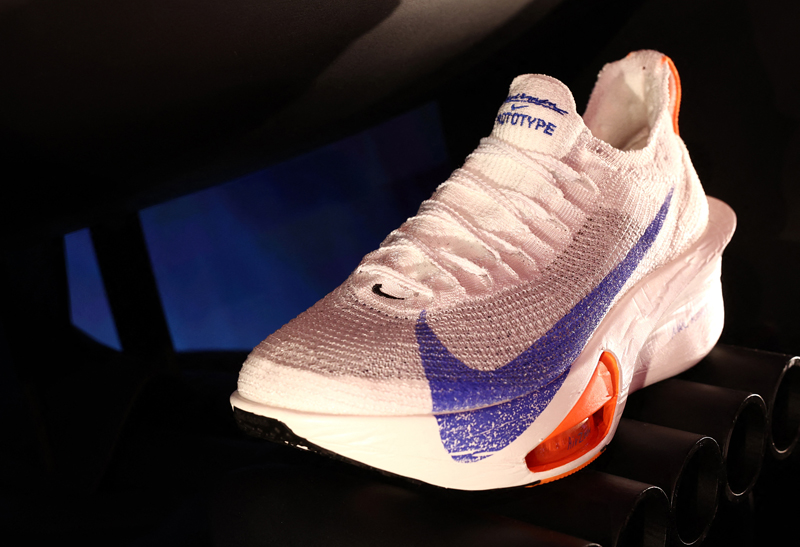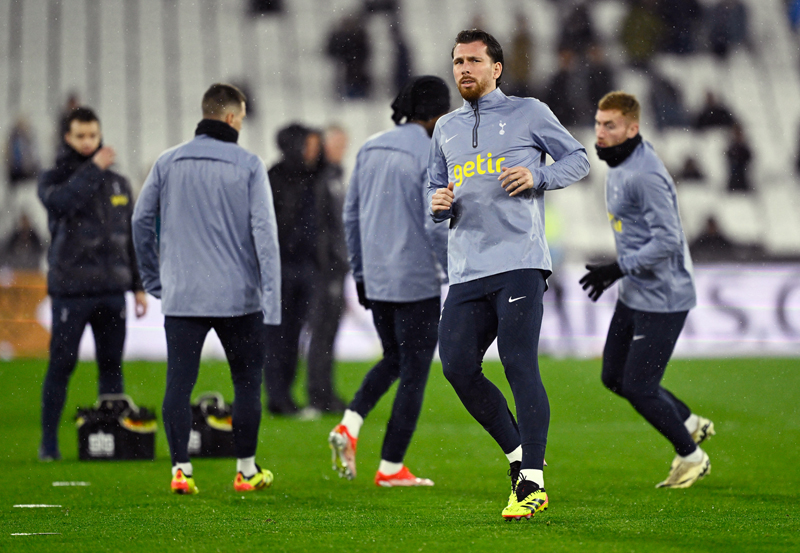The Q-factor in cycling - keep it together!

What is the 'Q-factor' in cycling, and how could it affect your cycling efficiency? Andrew Hamilton looks at the evidence
There are a number of aspects of bike design that determine the geometry of the bike and its suitability for a particular rider and type of riding. These include the lengths of the seat tube, top tube and stem, head and seat tube angles, fork rake, crank length etc. One of the lesser known design aspects however is the ‘Q-factor. The Q-factor describes the horizontal width between bicycle pedals and determines where the foot is laterally positioned throughout the pedal stroke. A large Q-factor means that the circles described by the feet as the cranks rotate are further away from the centreline of the bottom bracket whereas small Q-factors place the feet nearer this centreline (see figure 1).Figure 1: The Q-factor

The Q-factor in this illustration is 177mm.
The Q-factor and cycling efficiency
Although a smaller Q-factor has been associated with more efficient pedalling, there’s little actual scientific research into the topic. However, one study on the role of Q-factors in pedalling efficiency and muscle activation by British scientists suggests that there’s more than a grain of truth to this theory(1). In this study, researchers tried to determine whether changing Q-factor had a beneficial effect upon the cycling efficiency and muscular activation patterns in 24 trained cyclists (11 men and 13 women) during steady state, sub-maximal cycling.Four trials were conducted; in each trial, the cyclists pedalled for five minutes at 60% of their peak power, while maintaining a cadence of 90rpm. However, in each trial, the bikes were set up with different Q-factors: 90mm, 120mm, 150mm, and 180 mm. During these trials, the muscle activation patterns of the gastrocnemius (calf), tibialis anterior (shin), vastus medialis (inner frontal thigh), and vastus lateralis (outer frontal thigh) in the cyclists were monitored and gas samples of the cyclists’ breathed air were taken to determine the efficiency of their power production.
In a nutshell
When the researchers collected all the data together, they discovered that the Q-factor of the bike had a significant impact on the mechanical efficiency of cycling; when the Q factor was set at 90mm or 120mm, the gross mechanical efficiency (ie how much of the cyclists’ expended energy was converted into mechanical power at the crank) was measured at 19.38%. However, with Q-factors of 150mm and 180mm, the gross mechanical efficiency dropped to 19.09% and 19.05% respectively. In terms of actual power output, the lower Q-factors resulted in an average mechanical power output increase of around 5 watts (an extra 2%), which is significant. Interestingly however, there was no significant difference in the muscle activation patterns between any of the Q-factors.What does this mean for cyclists?
This study shows that the Q-factor of the bike you ride will have a significant impact in your pedalling efficiency, with Q-factors under 120mm improving your mechanical power output at any given effort level – a desirable outcome! The Q-factor of your bike is largely determined by your bottom bracket/frame design; unfortunately, you can’t easily change this but you can still tinker with the cranks and chainset.Meanwhile, those thinking of buying a new bike could do well to add a low Q-factor design to their wish list of requirements. As for why Q-factor affects mechanical efficiency, the researchers were baffled because the muscle activation patterns were the same in all Q-factor trials. However, they surmised that other muscles used in cycling, and possibly an improved application of force during the pedal stroke may have explained their results.
Reference
- Scand J Med Sci Sports. 2014 Feb;24(1):117-21.
You need to be logged in to continue reading.
Please register for limited access or take a 30-day risk-free trial of Sports Performance Bulletin to experience the full benefits of a subscription. TAKE A RISK-FREE TRIAL
TAKE A RISK-FREE TRIAL
Newsletter Sign Up
Testimonials
Dr. Alexandra Fandetti-Robin, Back & Body Chiropractic
Elspeth Cowell MSCh DpodM SRCh HCPC reg
William Hunter, Nuffield Health
Newsletter Sign Up
Coaches Testimonials
Dr. Alexandra Fandetti-Robin, Back & Body Chiropractic
Elspeth Cowell MSCh DpodM SRCh HCPC reg
William Hunter, Nuffield Health
Keep up with latest sports science research and apply it to maximize performance
Today you have the chance to join a group of athletes, and sports coaches/trainers who all have something special in common...
They use the latest research to improve performance for themselves and their clients - both athletes and sports teams - with help from global specialists in the fields of sports science, sports medicine and sports psychology.
They do this by reading Sports Performance Bulletin, an easy-to-digest but serious-minded journal dedicated to high performance sports. SPB offers a wealth of information and insight into the latest research, in an easily-accessible and understood format, along with a wealth of practical recommendations.
*includes 3 coaching manuals
Get Inspired
All the latest techniques and approaches
Sports Performance Bulletin helps dedicated endurance athletes improve their performance. Sense-checking the latest sports science research, and sourcing evidence and case studies to support findings, Sports Performance Bulletin turns proven insights into easily digestible practical advice. Supporting athletes, coaches and professionals who wish to ensure their guidance and programmes are kept right up to date and based on credible science.









